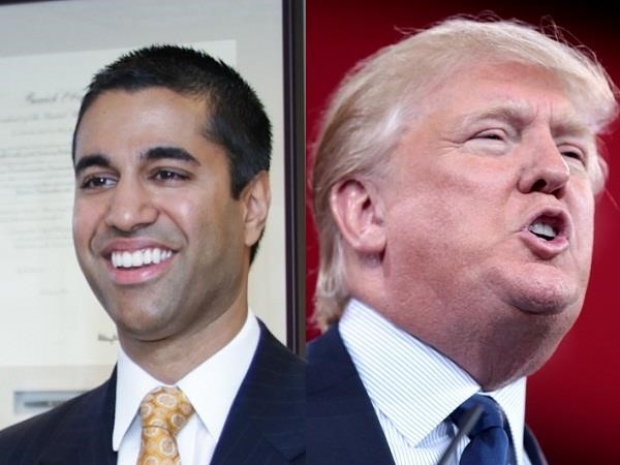Trump’s FCC by effectively refusing to bind the telco’s in any “red tape”, is watching as they adopt a policy much like Apple’s charge users more money for the same service.
America is not upgrading its internet infrastructure and yet still has one of the world’s most expensive services.
As a result, countries with a saner approach to telco regulation are about to clean the US’s clock.
According to a report from Rethink Technology Research, the internet’s future is fibre and gigabit broadband. At the moment the market leaders include China which has a series of huge planned rollouts which will take the country from its current four percent coverage to 42 percent of the Middle Kingdom's 456 million households in the next five years.
The US will have only 37.7 million users with super-fast internet by 2023 – just over 11 percent coverage. It seems that by not putting a boot into the US telcos, Trump has handed a huge commercial advantage to US rivals.
Rethink argues that as a result, gigabit broadband will accelerate much faster than previous forecasts have imagined.
It will grow tenfold in the next five years and account for 31 percent of all broadband. It predicts that 68 percent of all those Gig lines will be in Asia: 232.5 million out of a global total of 340.5 million.
The biggest barrier to rollout and adoption – the cost of super-fast internet – will effectively vanish in two years' time at which point "1Gbps broadband will become commonplace and inexpensive".
Other than the US of course.
It bases its calculations on existing broadband numbers and the behaviour of the world's top 100 ISPs – which account for 90 percent of global broadband connections.
"We have also tracked the rate at which they have replaced their existing home gateway customer-provided equipment", the report notes. "This varies between a full refresh in five years to a full refresh in 11 years."
Bridging technologies that offer fast internet over existing wires - including G.fast, G.Now and MoCA Access will die off, the report said because of an increasing tendency for buildings to go for direct fiber connections. DOCSIS 3.1 will continue because the US cable industry is putting its weight behind in an effort to retain its current business model.
Japan, France and South Korea are leading the way with gigabit rollout – with more than 50 percent of households expected to get fibre by 2023. The UK, Germany and much of Latin America "laggards" will be much slower.




